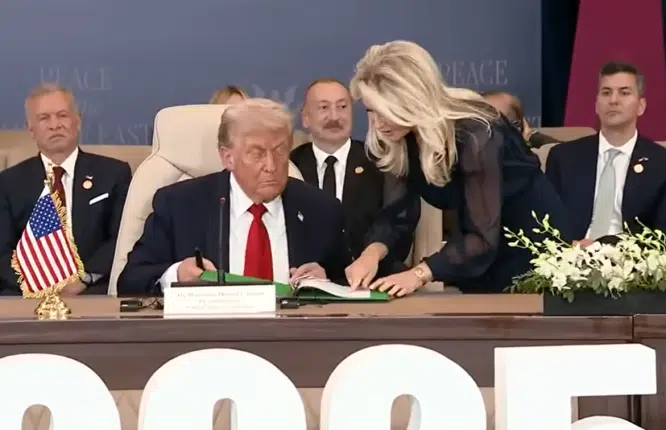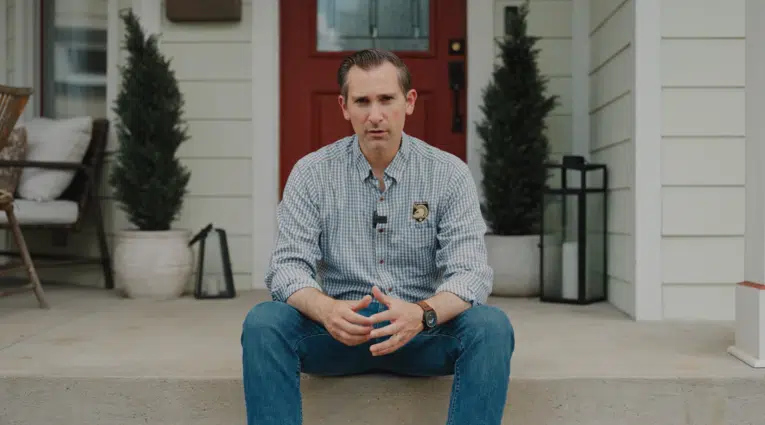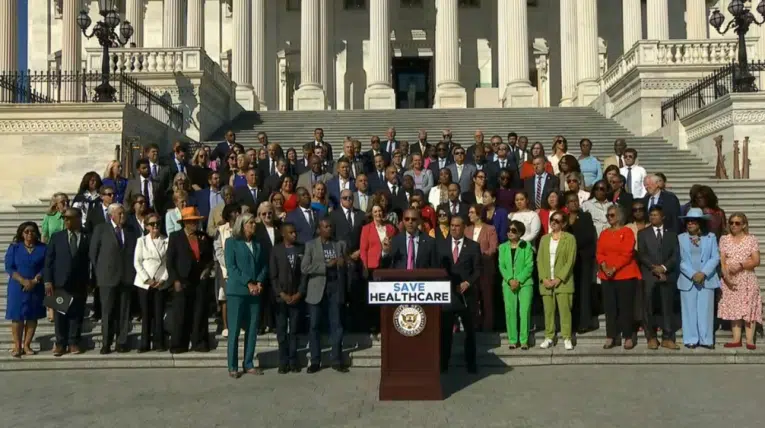Consider this. If Mitt Romney had beaten Barack Obama for the presidency in 2012, he more than likely would have been running for reelection into the jaws of the current major market correction in commodities and equities, and what may wind up being the beginning of an overall crash and recession to follow.
Mostly because, by all accounts, the current downturn is being led by external factors, not domestic ones related to policy. Primarily, the overseas implosion of emerging markets like China, Brazil and others amid weak demand that has led to an implosion in oil, stocks and just about everything else.
Would Romney have been a one-term president, like George H.W. Bush or Jimmy Carter or Herbert Hoover?
While we’ll never know for certain, it gives you an idea of what a crapshoot the economy can be for incumbent political parties. When it’s hot, administrations like to run on a strong economic record. And, when it’s not, well, watch out.
Just to give you an idea of how that works, take Obama himself, who although he cannot run for reelection himself thanks to term limits, would sure like to help Democrats secure the White House once again in 2016.
So, naturally, he used his final State of the Union Address to tout what he viewed to be some accomplishments of his administration, and to portray a version of the American economy that projects strength.
“The United States of America, right now, has the strongest, most durable economy in the world,” Obama said. “Anyone claiming that America’s economy is in decline is peddling fiction.”
Fiction? Whoops. Must’ve been a best-seller.
All the while, the tea leaves of an imminent recession are everywhere. Oil has plunged in the $26 a barrel territory. The S&P 500 is testing its 1,800 support levels. China continues to implode. 10-year treasuries just crashed through their 2 percent support level. And even a former Dallas Federal Reserve President says the central bank is “out of bullets.”
Heck, it’s been eight years since the last recession. Why not another one now?
In that sense, you almost feel bad for the next president, considering the cyclical nature of these things. The U.S. averages a recession once every 6 to 7 years, and we’re due. And it’s not like this recovery was all that great anyway.
Take the employment picture for 16-64 year olds. This is necessary to remove the impact of Baby Boomers retiring and exiting the workforce. The number of people aged 16-64 with jobs averaged 140.43 million in 2007, and in 2015, it averaged 140.37 million, even though the population of 16-64 year olds increased 8.9 million. No new jobs.
As a result, the employment population ratio of 16-64 year olds — those in the prime working years of their lives — has dropped from an average 71.8 percent in 2007 to 68.7 percent in 2015. If that ratio had stayed where it was, or even just recovered to where it was, 6.3 million 16-64 year olds would have had jobs in 2015. That is no fiction. That is data compiled by the Bureau of Labor Statistics.
And this may be as good as it gets. Meaning, come 2017, unemployment could in all likelihood be rising. Best be prepared.
On the other hand, if a bottom happens sooner rather than later, that could favor whoever wins in 2016, since the incoming administration will benefit politically from the recovery that follows.
Either way, economic realities will immediately put pressure on whoever the next president is, and in particular, on the party that holds the House and Senate. The in-party tends to suffer losses in Congress two years after taking the White House, as Obama and Democrats did in 2010.
So did Herbert Hoover in 1930, losing 52 seats in the House and 8 seats in the Senate. Harry Truman lost 28 House seats and 5 Senate seats in 1950. Dwight Eisenhower lost 18 House seats and 2 Senate seats in 1954. John Kennedy lost 4 House seats in 1962, although he picked up 3 Senate seats. Lindon Johnson lost 47 House seats in 1964, and 3 Senate seats. Richard Nixon lost 12 House seats in 1970, although he picked up 2 Senate seats. Jimmy Carter lost 15 House seats and 3 Senate seats in 1978. Ronald Reagan lost 26 House seats in 1982, but no Senate seats. George H.W. Bush lost 7 House seats and 1 Senate seat in 1990. Bill Clinton lost 54 House seats and 8 Senate seats in 1994.
Of course there are exceptions to the rule of losing seats in the midterms for a new administration, which has been fairly consistent. Franklin Roosevelt picked up 9 House seats and a remarkable 9 Senate seats in 1934 amid the Great Depression. And George W. Bush picked up 8 House seats and 2 Senate seats in 2002 amid the War on Terror.
The point is parties tend to reach high water marks after claiming the White House. The inverse is rare. That is why much of Obama’s legislative agenda — including the so-called stimulus, Obamacare and Dodd-Frank — were all complete long before John Boehner had been sworn in as the Republican Speaker of the House in 2011.
Meaning, whoever wins in 2016 has to be prepared with a robust legislative agenda the first two years, because not much else may be accomplished for the next two to six years after that. Then, depending on how the economy turns, 2020 could be another crapshoot. It’s a wonder that presidents even bother running for re-election in some sense. But that’s all really far away.
Right now, the question is how quickly the economy will correct, and whether it will be a shallow recession or not. If it isn’t, the political terrain could favor Republicans come November amid an erosion of confidence, because incumbent parties — right now that’s the Democrats — are the ones that tend to suffer when the downturns do finally come. 2016 may be no different.
Robert Romano is the senior editor of Americans for Limited Government.







